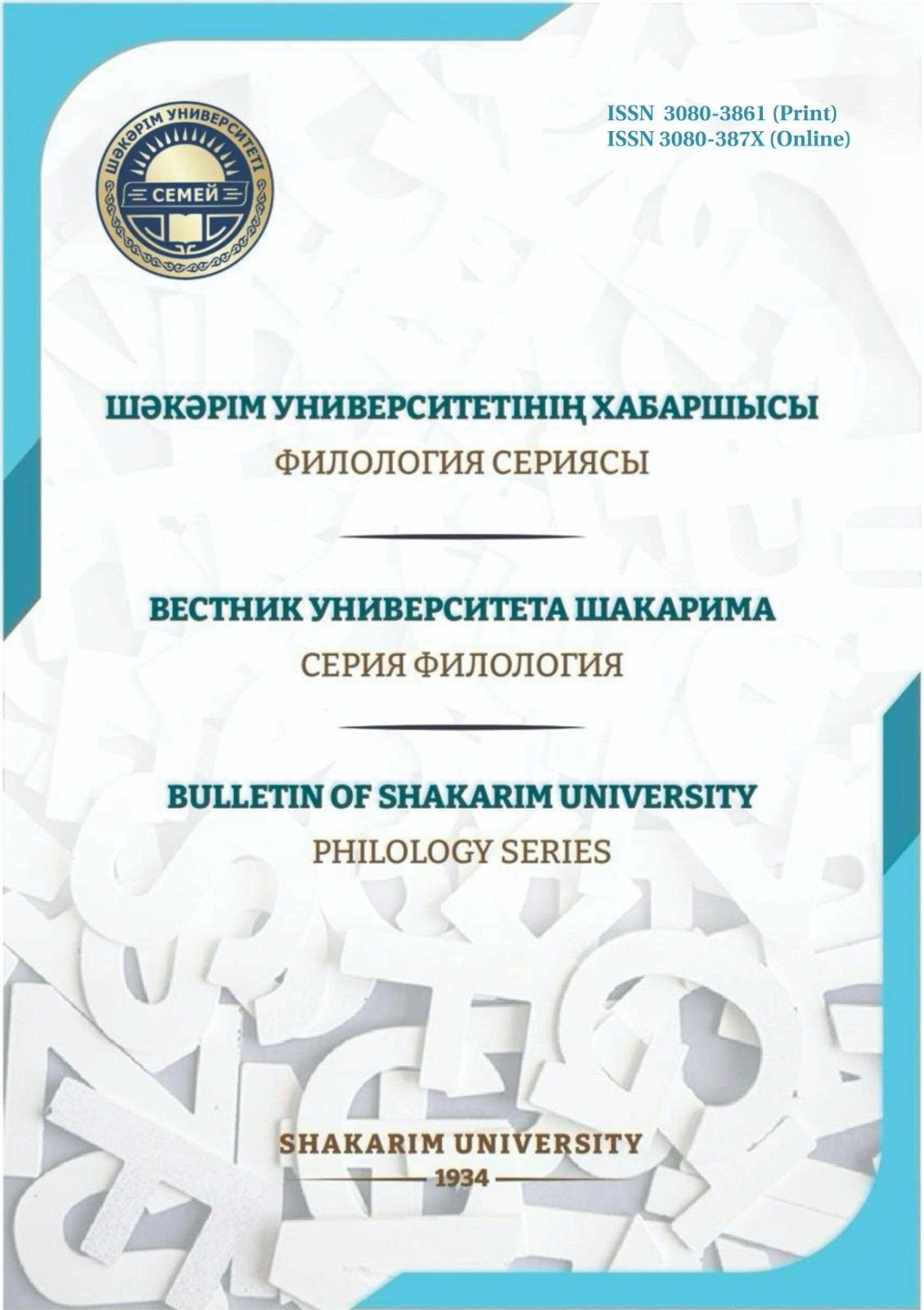PRACTICAL USE OF ARTIFICIAL INTELLIGENCE IN TEACHING ENGLISH TO 5TH GRADE STUDENTS
Keywords:
Artificial intelligence (AI), english language teaching (ELT), individualized learning, vocabulary development, speaking practice, pronunciation feedback, gamification, motivation in language learning, digital tools in education, adaptive learning, classroom integration.Abstract
This article explores the integration of artificial intelligence (AI) into English language teaching for 5th grade students, a group of learners who are at a critical stage of developing both language skills and learning strategies. The rapid growth of digital technologies and children’s natural curiosity about new tools make this age group particularly receptive to AI-based learning solutions. The paper emphasizes how AI can support teachers in several important ways, including creating individualized learning paths that adapt to the strengths and weaknesses of each student, providing opportunities to practice communication skills in safe and interactive environments, and offering adaptive vocabulary training through games, quizzes, and repetition techniques.
In addition, AI platforms can supply instant feedback on grammar, spelling, and pronunciation, helping students correct mistakes immediately and encouraging them to take responsibility for their learning progress. The article provides practical classroom examples to illustrate how teachers can integrate AI into lesson plans-for instance, by using chatbots to simulate dialogues, employing vocabulary apps with spaced repetition, or gamifying tasks with leaderboards and rewards. Ultimately, the paper argues that AI should not be viewed as a replacement for teachers but rather as a valuable assistant that enriches the learning process. By combining teacher guidance with AI-powered support, English lessons can become more engaging, motivating, and effective for young learners.
Downloads
Published
Issue
Section
License
Copyright (c) 2025 The editorial staff of the journal follows the copyright law of the Republic of Kazakhstan and relevant international agreements. The authors retain their copyright and provide the journal «Bulletin of Shakarim University. Series of Historical Sciences» right of first publication of the manuscript. The author has the right to copy and distribute the material in any medium and in any format, subject to appropriate reference to the journal. Readers and users can freely copy, distribute and adapt the material, provided that the author of the work is indicated and a link to this journal is provided. Copyright presupposes the integrity and responsibility of each co-author who made a significant contribution to the writing of the article. The author has the right to store his publications in an institutional or other repository of his choice, provided he provides the appropriate link to the journal’s website.

This work is licensed under a Creative Commons Attribution-NonCommercial 4.0 International License.
Copyright presupposes the integrity and responsibility of each co-author who made a significant contribution to the writing of the article.
The author has the right to store his publications in an institutional or other repository of his choice, provided he provides the appropriate link to the journal’s website.

